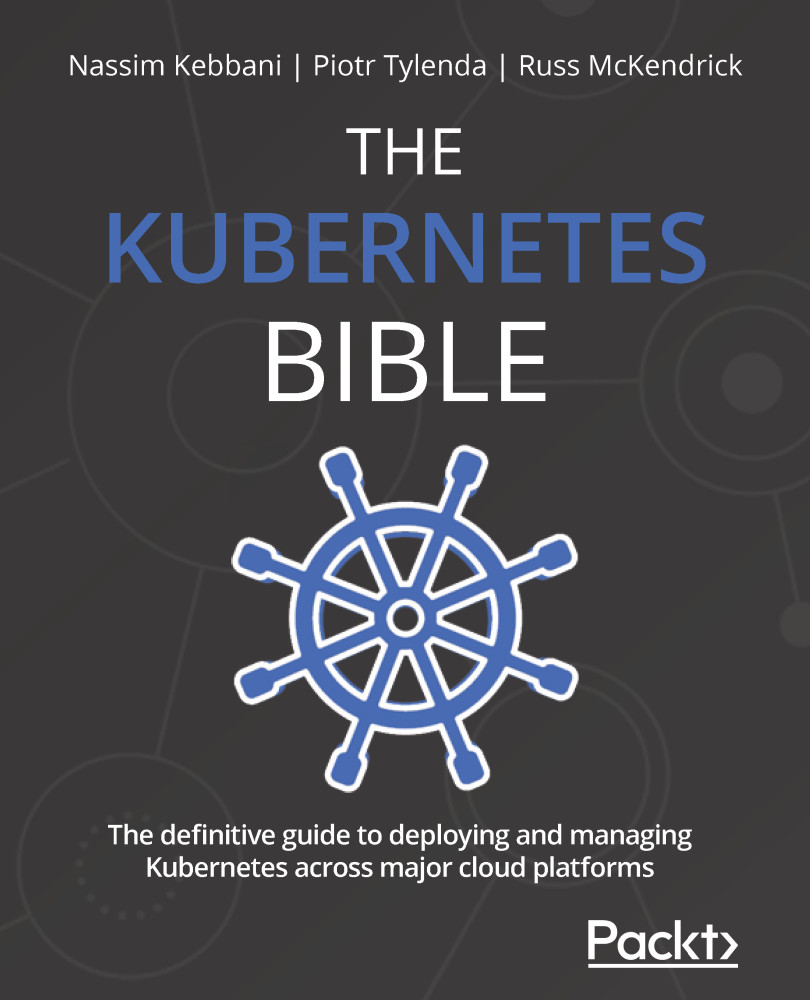Introduction to Kubernetes namespaces
The more applications you deploy on your Kubernetes clusters, the more you will feel the need to keep your cluster organized. You can already use labels and annotations to tidy up the objects inside your cluster, but you can go even further by using namespaces, which are presented by Kubernetes as virtual clusters within your cluster.
Using namespaces in Kubernetes allows you to split your cluster into smaller parts that will be logically isolated. Once namespaces have been created, you can launch Kubernetes objects such as Pods, which will only exist in that namespace. So, all the operations that are run against the cluster with kubectl will be scoped to that individual namespace: you can perform as many operations as possible while eliminating the risk of impacting resources that are in another namespace.
Lastly, namespaces allow you to define resources limits and quotas for the Pods running in them.
Let's start by finding out...
































































